By Nasrin Mani, M.D.
You shouldn’t look directly at the Sun, but if you could, you would see that it’s not a flat, hot light source like a light bulb. It’s covered with hot spots and cold spots, roiling magnetic storms and fiery explosions that burst off the sun’s surface, sending increased radiation and dangerous particles at the Earth. And these storms aren’t constant—they rise and fall in intensity regularly, similar to hurricane seasons. The only difference is the sun’s storm season lasts twelve years, and as the season progresses the storms get more intense.
The peak of the sun’s cycle is not until next year, but we’re already seeing massive and repeated flares being spawned by large magnetic storms, called sun spots. One recent sun spot, unromantically named AR151 sent off dozens of flares in late July and early August, bombarding the earth with surges in x-rays and ultraviolet radiation.
Although NASA has noted that the increase in UV radiation due to any single flare is minimal because of its short time duration, the cumulative effect of hundreds of solar flares over the course of the upcoming year could be significant, so it’s important to take steps to ensure your skin is ready for the challenge.
Effective skin care is made up of two parts: your daily routine and periodic treatments that support your at-home efforts. At La Jolla Cosmetic Laser Clinic, we offer medical-grade solutions for both types of skin care. We offer medical-grade solutions for at-home acne treatment. We also offer medical-grade skin care solutions for maintaining healthy skin, restoring sun-damaged skin, and hyperpigmented skin.
To learn more about protecting your skin during the sun’s extreme cycle, please contact La Jolla Cosmetic Laser Clinic, helping patients across the San Diego area.
